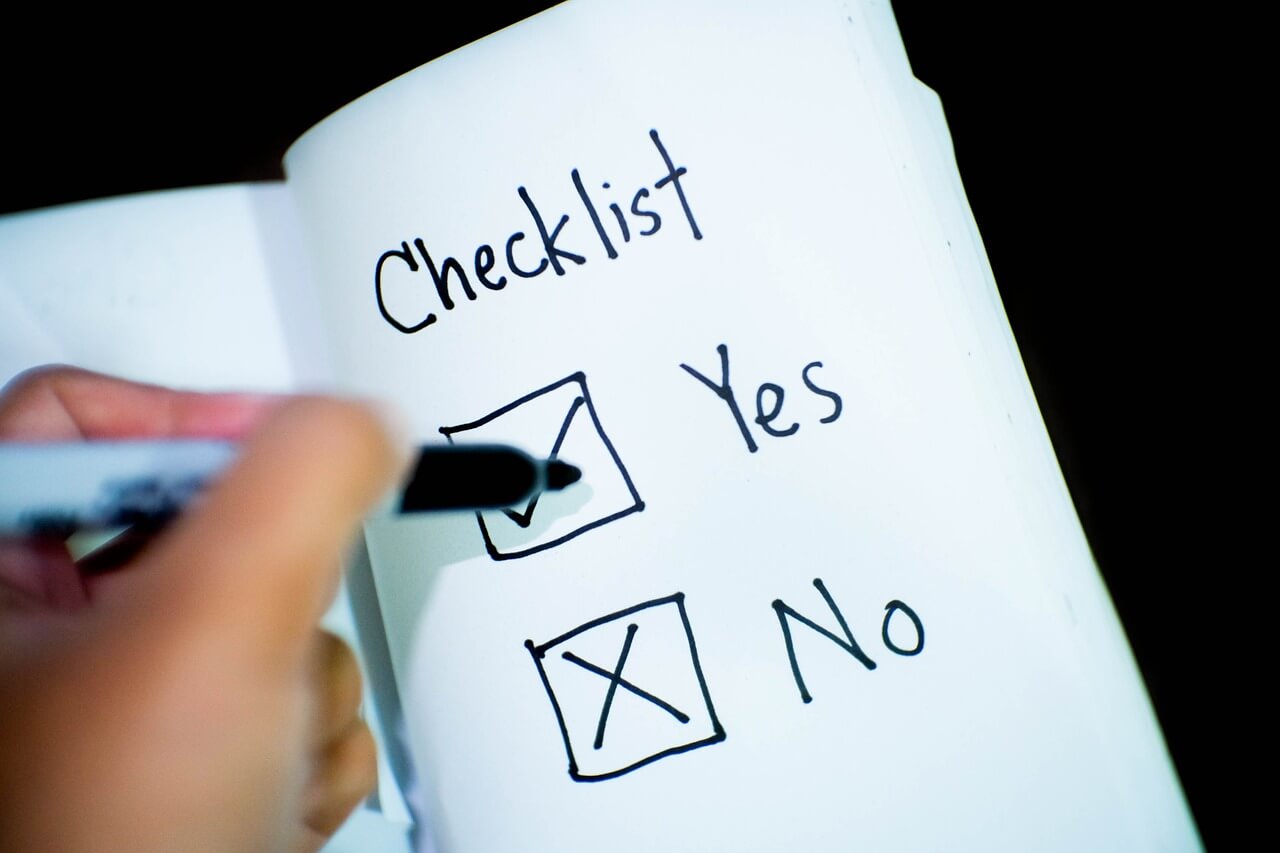In my previous two posts, I’ve suggested that checklists can be very valuable in helping your non-profit achieve success with its enrollment in the Combined Federal Campaign (CFC).
One reason that a checklist is valuable is that it helps you create consistent results over time. Notice that I said, “helps.” I didn’t say that a checklist guarantees success. You are, however, more likely to achieve the results you desire with one than without one.
And while it is simple concept, I do think the thought of “checklists” can be intimidating for some people, evoking images of the life or death scenarios in the operating room, or in an aircraft experiencing an emergency.
Actually, we have all used checklists before, particularly when we want to ensure favorable results in something that almost all of us does at some point – cooking.
At home, we frequently use checklists, some of which may be decades old, handed down from our grandparents. We do, however, call those checklists, “recipes.” That’s really all a checklist is, a recipe for success.
In non-profits, checklists are valuable tools that can help you achieve success with your Combined Federal Campaign (CFC) fundraising effort.
The exact nature of your checklists will vary according to the type of non-profit you are: local, national, or international, and whether you have only one, or multiple locations.
If your non-profit’s CFC strategy includes participation in CFC charity fairs, there are a number of items to have on your checklists:
Marketing Information: Brochures with your CFC number, Display Board with success stories, marketing giveaways, etc.
The Fair’s Site Information: Name and location of charity fair, including parking information and what’s required to get onto the facility. If it’s a military base with many visitors it may take a half-hour to get through security, allow enough time.
Thank You Information: In addition to the person organizing the charity fair, get the name of the agency head and of the CFC campaign manager so you can send them a letter of thanks.
CFC Non-profit Solicitation Campaign Checklist for All Staff
As I’ve noted in many previous posts, if your non-profit is in the CFC, there are two questions that all staff – paid or volunteer, should be able to answer:
1. Are you in the CFC? (Yes).
2. What is your CFC number? CFC Code 12345.
Any other questions: “Let me have my CFC project officer contact you. His or her name is ___________.”
The CFC solicitation seasons opens on September 1st of each year. And, by having your CFC Action Team work on and develop checklists for the various components of your non-profit’s CFC fund-raising program, you can develop the tools that allow for consistent and successful CFC results!
As you get some practice and experience with the technique you’ll find yourself applying it to other aspects of your non-profit’s fundraising program.
=-=-=-=-=-=-=-=-=-=-=-=-=-=-=-=-=-=-=-=-=
Next Week Tony Poderis posts an Essay
inspired by Lynn deLearie’s (two-part) June
piece on Reason & Emotion in Grant Proposals
=-=-=-=-=-=-=-=-=-=-=-=-=-=-=-=-=-=-=-=-=
=-=-=-=-=-=-=-=-=-=-=-=-=-=-=-=-=-=-=-=-=-=
During his 25-year career in the Federal sector,
Bill Huddleston, The CFC Coach,
served in many CFC roles.
If you want to participate in the Combined Federal
Campaign, maximize your nonprofit’s CFC revenues,
or just ask a few questions,
contact Bill Huddleston
=-=-=-=-=-=-=-=-=-=-=-=-=-=-=-=-=-=-=-=-=
Have you seen
The Fundraising Series of ebooks?
They’re easy to read, to the point, and inexpensive ($1.99 – $4.99)
=-=-=-=-=-=-=-=-=-=-=-=-=-=
If you would like to comment/expand on the above piece, or would just like to offer your thoughts on the subject of this posting, we encourage you to “Leave a Reply.”

